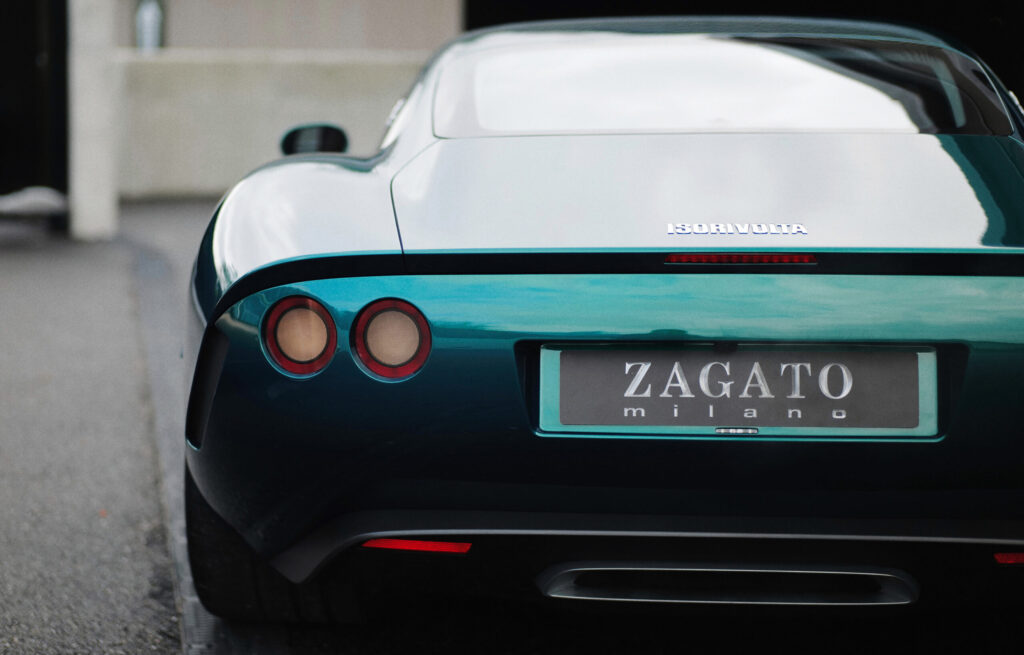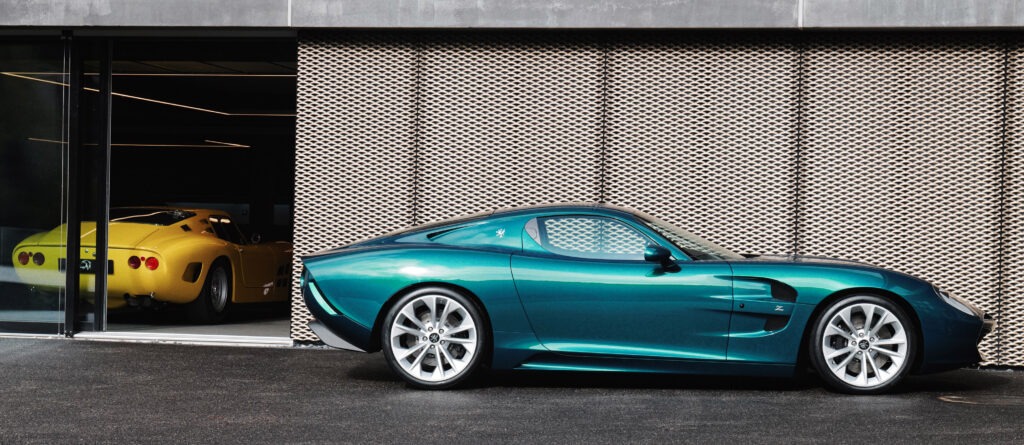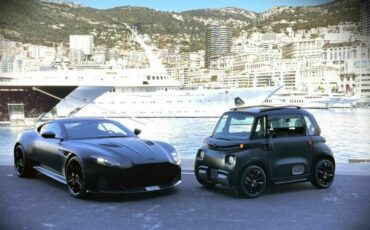The Milanese Atelier delivered the first Iso Rivolta GTZ.
The design of this new Gran Turismo is inspired by the A3 model presented by Iso Rivolta in 1963 and has become a sporting icon, thanks to its class victories at the 24 Hours of Le Mans in 1964 and 1965, but also a lifestyle icon, in the “berlinetta stradale” version delivered – among others – to the French actor and singer Johnny Halliday, the stage name of
Jean-Philippe Smet.
While the Hypercar Vision GT – requested in 2017 by Sony for the market-leading video game “Gran Turismo” – intended to reintroduce the Iso Rivolta brand among over 100 million Playstation players, many of them Millennials, the GTZ intends to awake the passion of collectors. The famous American designer Mike Robinson described the A3 line as a forerunner of some of the most beautiful and significant models of the following years, like the 1966 Lamborghini Miura and the 1967 Alfa Romeo 33 Stradale.

Limited to just 19 units and designed with a Neoclassical approach, the GTZ underneath is a Corvette Z06, therefore it has an American “heart” and an Italian style thank to Zagato body. After its world premiere in June with the “Concours Virtual 2020”, the first virtual exhibition in history, organised by Hot House Media, here is the delivery of the first GTZ, in Monza Green.
A car capable of combining design and performance. The bodywork is composed of just two main elements made of carbon fibre to contain the weight and ensure a sculptural, uninterrupted, design. The Iso Rivolta GTZ has been conceived to be a high performance car but at the same time intuitive. The aim is to provide unique driving pleasure for both everyday use and when the wish to hit the gas comes out, to enjoy the 660HP and 881Nm of torque. The engine is the Corvette V8 LT4 6.2-litre supercharged, capable of reaching 0-100km/h in 3.7 seconds and 315 Km/h.
Prior to delivery of the first car in Lucerne, 9 out of 19 multiples had already been ordered.

No one better than Marella Rivolta can describe her brand and this project: “The GTZ was born as a tribute to my grandfather Renzo – who I never knew having missed before I was born and from which, in the family, they say I inherited its temperament, and so I hope his qualities. He was passionate about racing first, in motorboating and then in motorbikes, and a car like the A3 to race at La Mans reflected his passion. So this first project has a lot of heart, hoping to have made him proud of me!”


